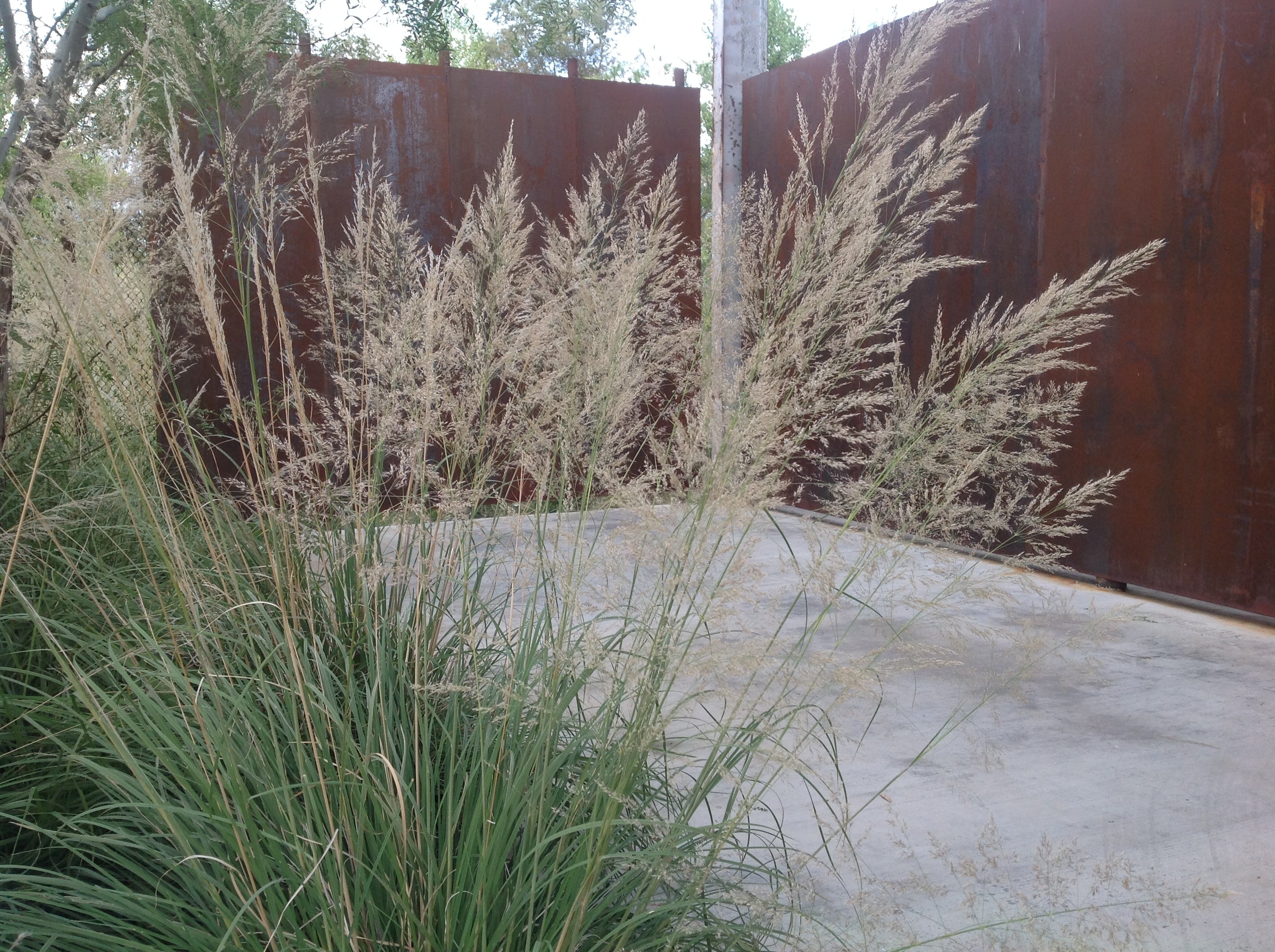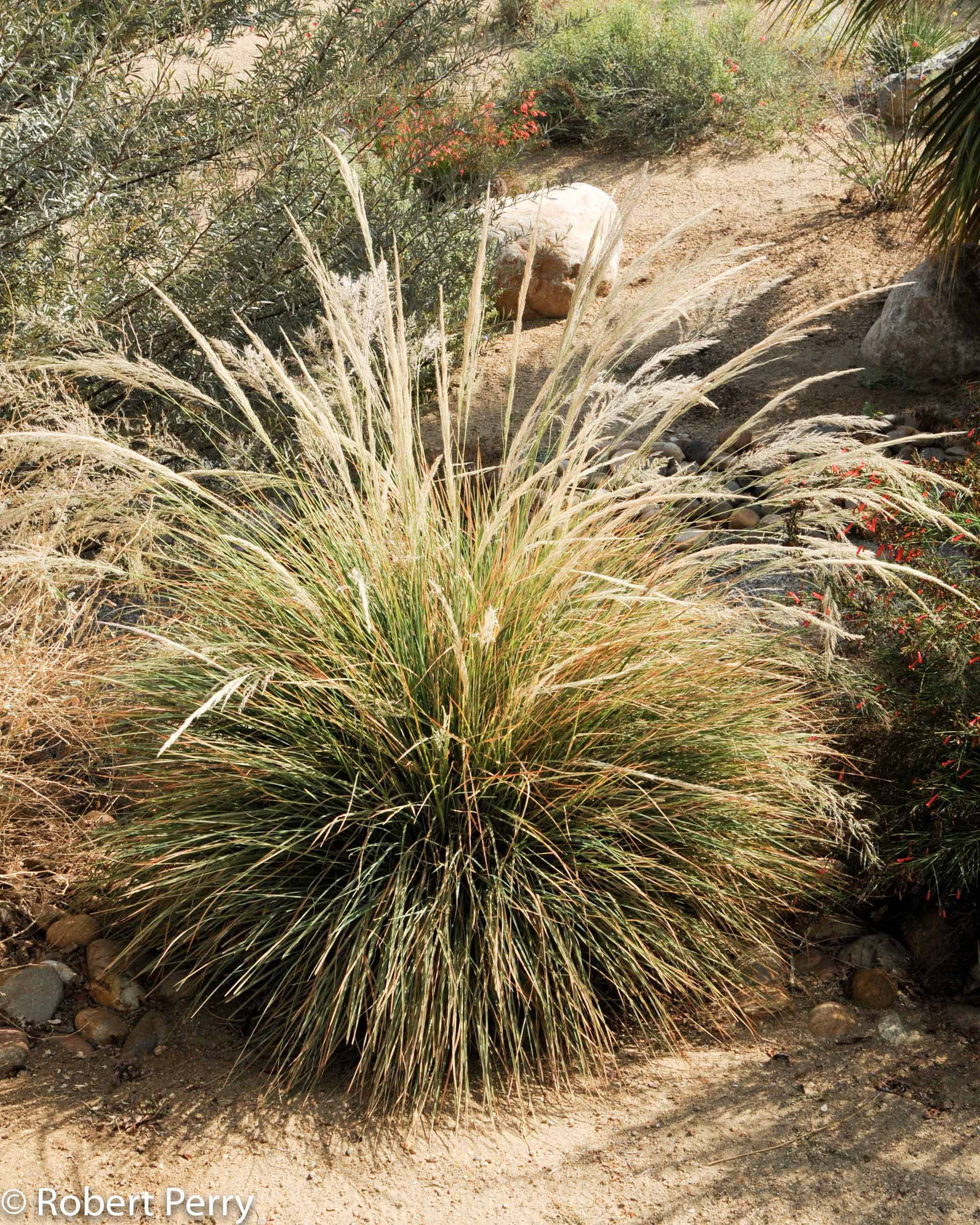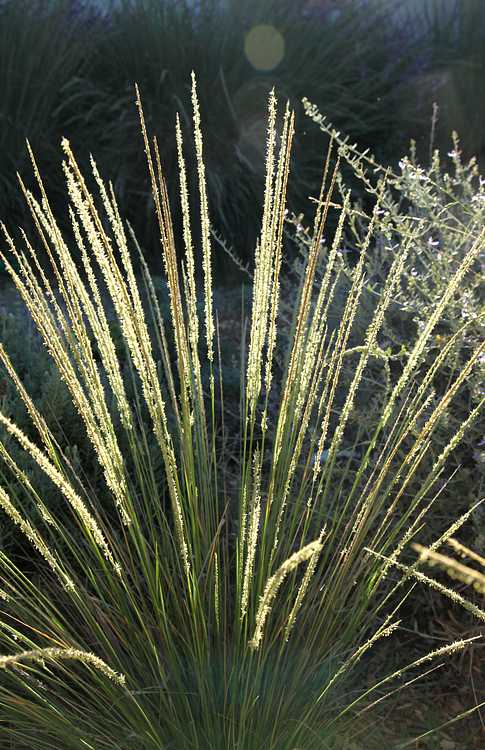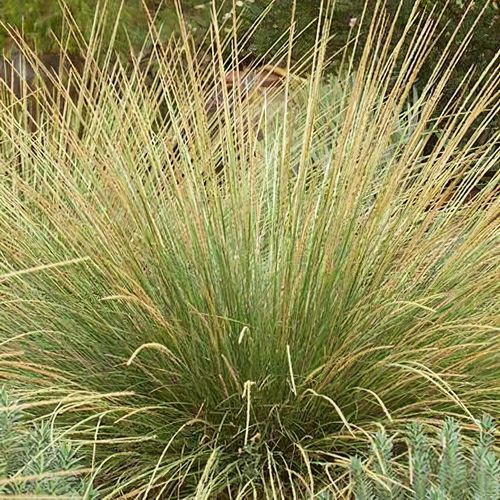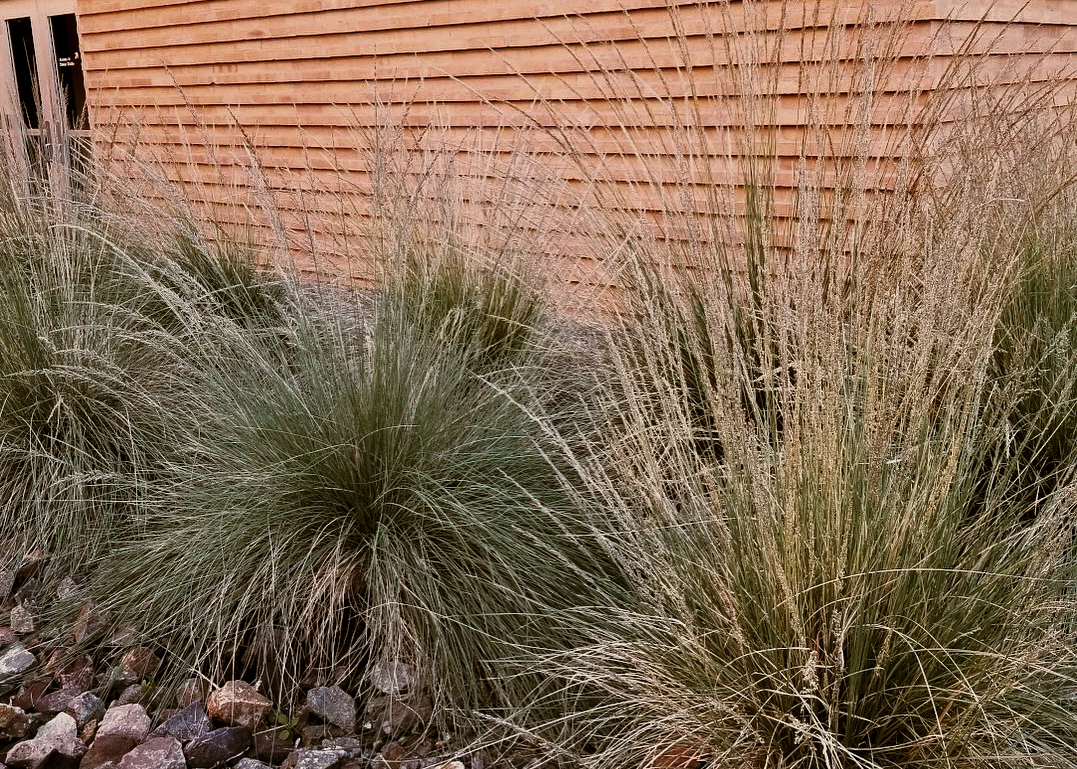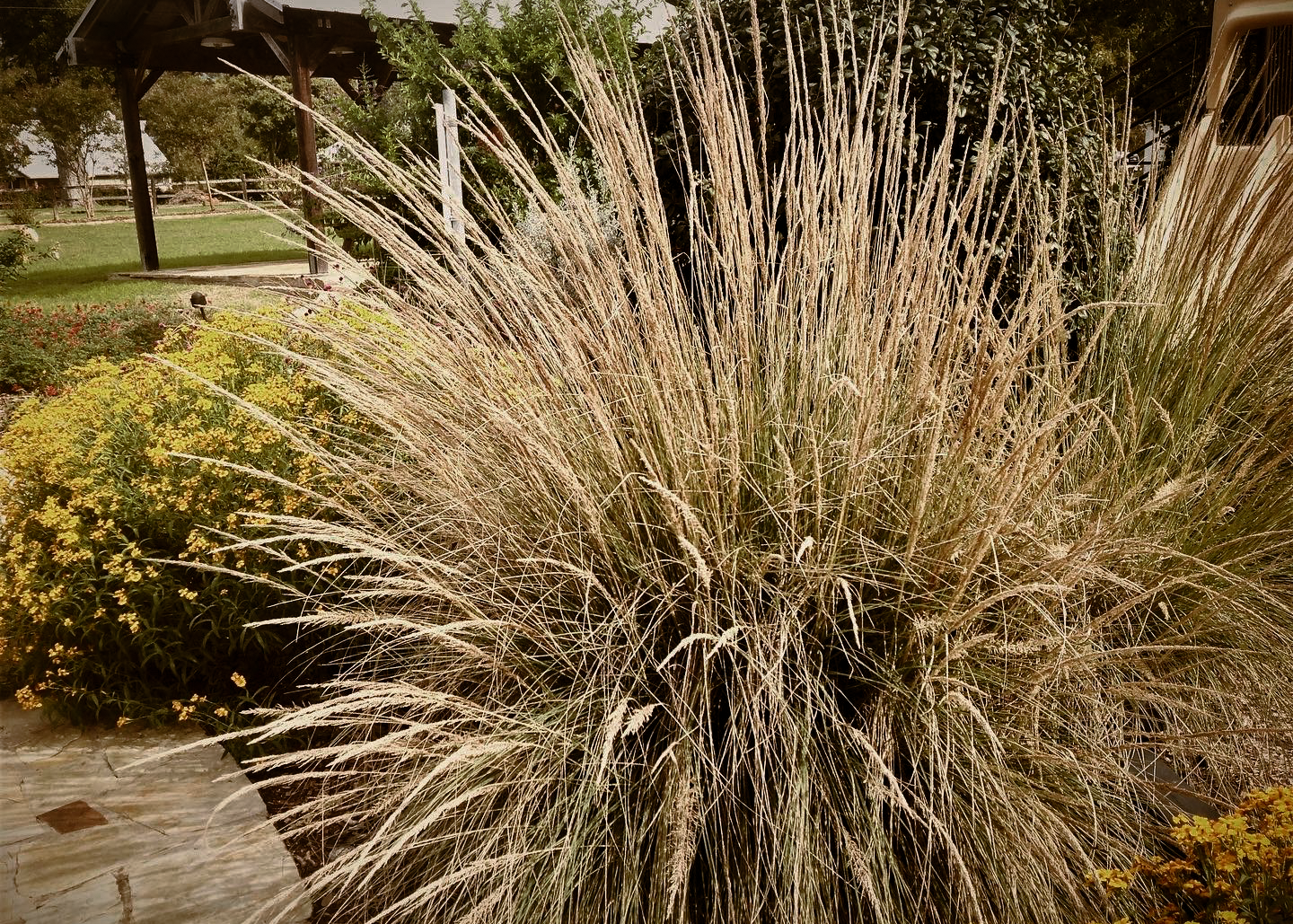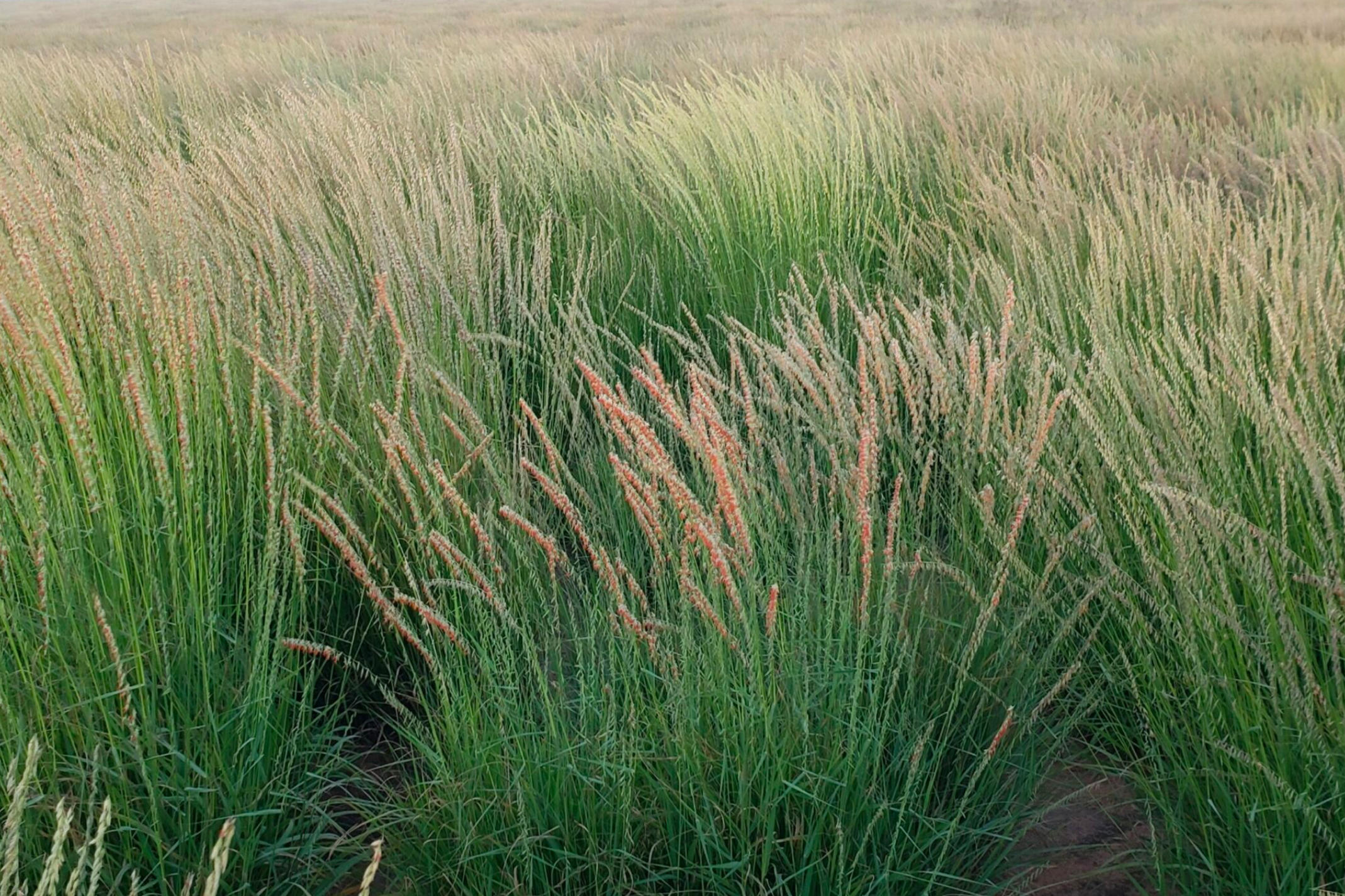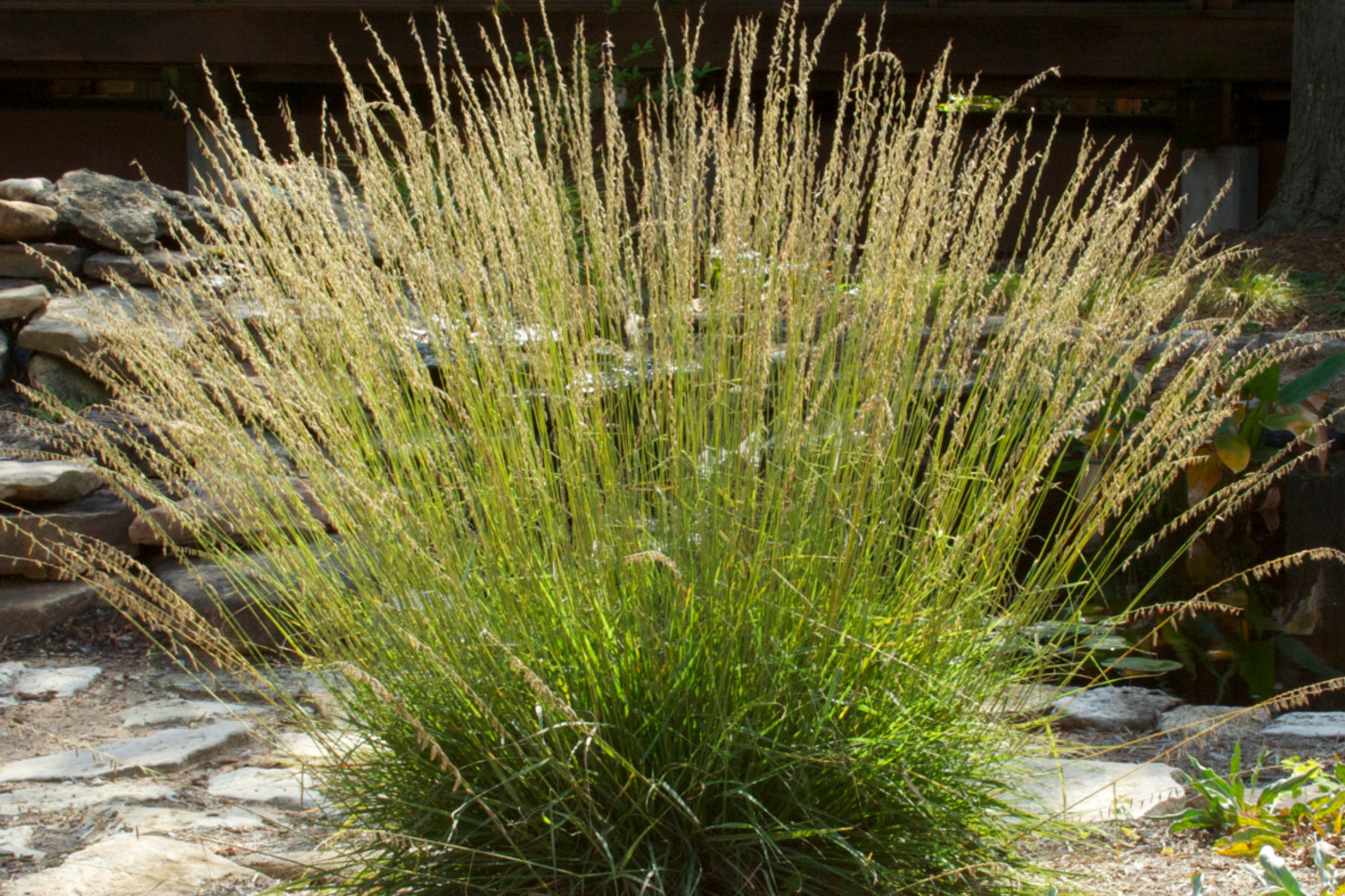Schizachyrium scoparium, commonly known as little bluestem, is a type of grass native to North America. It is found in prairies, fields, clearings, hills, limestone glades, roadsides, waste areas, and open woods from Alberta to Quebec, Arizona to Florida. Little bluestem typically grows to a height of 2-4 feet and has slender, flat, linear green leaves that turn bronze-orange in the fall. In August, it produces purplish-bronze flowers followed by fluffy, silvery-white seed heads that are attractive and often persist into winter. Many species of birds feed on its seeds.
’Twilight Zone’ stands out among Little Bluestems for its iridescent, silvery mauve color that appears in midsummer. These beautiful pastel tones intensify in fall when bright purple highlights appear. It has a full, upright columnar shape about half as wide as it is tall. Its soft colors blend beautifully with other perennials, particularly those with blue-green or silvery foliage. Schizachyrium scoparium ‘Twilight Zone’ thrives in full sun and well-drained, dry-to-average soils. Put it in harsh, dry spots for a gorgeous solution to problem sites. A strong performer in Southern Gardens.
Like other Little Bluestem, it supports pollinators and provides winter food, nesting material, and bird cover. Introduced by Walters Gardens, Zeeland, MI. Propagation is strictly prohibited.
On average, it is easy to grow little bluestem with dry to medium moisture and well-drained soil in full sun. The plant tolerates various soil conditions, including clay soils and occasional inundation. It performs well in poor soils and has good drought resistance once established. The plant is also tolerant of high heat and humidity. To avoid flopping late in the season, it is best to plant it in full sun and cut it to the ground in late winter to early spring.















